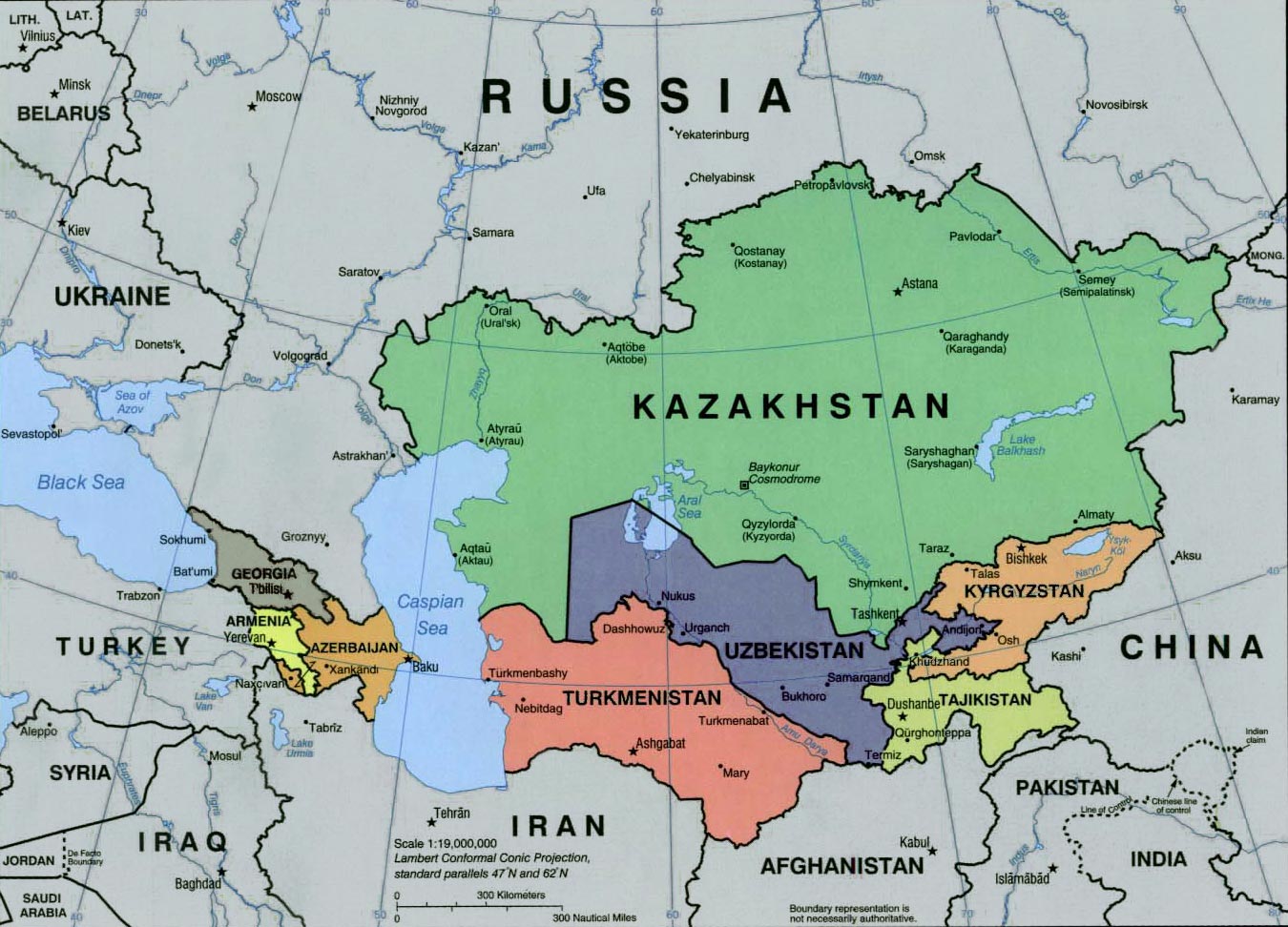○ Picturing Islam in Kyrgyzstan
- Youth in Kyrgyzstan has little faith in the future due to rampant corruption, decaying infrastructure, and the country’s lack of bankable natural resources.
- Unlike other parts of the former Soviet Union, statues of Lenin still stand in Kyrgyzstan. It’s not that anybody particularly wants communism back, or that they took it seriously in the first place.
- Some in the secular Kyrgyz elite hanker for a bulwark against any back-sliding to fundamentalist religious doctrines.
○ My story from Kyrgyzstan by ask @BooMan on March 25, 2005
○ Kyrgyz Elections: Part 4 by soj @BooMan
○ Another Kyrgzystan story… by Wayward Wind @BooMan
Kyrgyzstan: State Fragility and Radicalisation
The rapid rise of alternative interpretations of Islam, often at odds with the state’s concept of traditional identity, are being fueled in part by endemic corruption and perceptions of incompetency. The government must end economic marginalisation and improve inadequate institutions, or risk not just threats to internal security but also the resurfacing of ethnic tensions.
Islamic Radicalism in Central Asia and the Caucasus: Implications for the EU (2006) [pdf]
Islamic Radicalism has become a serious problem in Central Asia and the Caucasus. Though these areas are bastions of moderate and traditional Islam and among the most secularized areas of the Muslim world, radicalism has made a forceful comeback in the past two decades. Beginning in the late 1980s, alien Islamic proselytizing has gathered speed across the Muslim regions of the former Soviet Union, and has resulted in the spread of radical ideologies, militancy, and even terrorism.
Worst hit have been the Russian North Caucasus and some parts of Central Asia, especially the Ferghana valley shared by Uzbekistan, Kyrgyzstan and Tajikistan. Patterns of radicalism differ among the regions. In the North Caucasus, a Salafi revival in Dagestan coincided with the brutal war in Chechnya, and contributed to the radicalization of the Chechen resistance and its spread to adjoining republics. Coupled with backfiring Russian centralization efforts, the entire North Caucasus is now on the brink of long-term destabilization.
Central Asia, on the other hand, has seen stronger external link, as foreign radical groups such as Hizb-ut-Tahrir and Al Qaeda have established a presence directly, as in the former, or through local allies, as in the latter. Adding to the problem, these groups in Central Asia have splintered into smaller entities difficult to identify let alone counteract. In Azerbaijan, long spared a significant radical presence, an increase in both Shi’a and Salafi Sunni radicalism can be observed.
The causes of this radicalization are hotly debated. In the west, radicalization is often blamed on the socio-economic crisis, or political repression radicalizing oppositional forces. These explanations are only of limited validity, at best interacting with complex post-Soviet identity crises, personal vendettas, regional rivalries, relative deprivation, and most importantly foreign proselytizing, a factor widely underestimated in the West [pdf].
○ Khodorkovsky, oligarchs and the former Soviet bloc By profmarcus @BooMan
The crumbling empire became clear under George W. Bush after the 2000 “election” …
○ Democracy Failures In Middle East Under Bush
○ Classic Agitator: Preacher Safwat Hegazy Inciting Violence In Cairo
○ Developments Arab Spring Egypt’s Revolt Explained
What a wealth of information could be found here at Booman Tribuns … times long gone. So sad.




Its not just Central Asia. South Asia has a huge influx of Saudi money to establish Salafist mosques. Pakistan was established as a mildly secular state, but is now an Islamic state where Sufi mosques are converted to Salafism regularly, and close to 5% of the population (much more among the young) is now Wahabi. Bangladesh and even India are gaining Wahabi mosques. The Salafists are making inroads in Malaysia (and to a lesser extent Indonesia) too. Basically, anywhere poor enough to think that accepting Saudi money is a good thing is also getting Wahabi mosques.
I also hope Trump doesn’t pull a Reagan and think that arming Jihadists is a good thing as long as they are fighting our enemies.
We’ve been paying for that mistake for a good long time, and will pay for that mistake for many years to come. Mistake is probably too mild a word. The term “freedom fighters” used to describe the jihadists dispatched to Afghanistan back in the 1980s made me cringe then, and I still cringe thinking about it now. Rather than arming jihadists, I still prefer giving those activists in their native countries the space they need to push for reforms as they see fit. Maybe that is no guarantee for success, but it sure beats the alternatives.
Wasn’t it Obama who sponsored Al Qaeda in Syria?
○ NYT Interview On Foreign Policy: Hogwash Mr. President!
○ Obama Got It Wrong On Strength Islamic State
That’s FRIEDMAN advocating some stupid bullshit. The NYT is not equivalent to Friedman.
Last time I checked, Friedman is a contributor to The New York Times, not for free I’m afraid.
○ Thomas Friedman Goes to the Wall | RollingStone |
Gary Shteyngart’s book pins the countries in that map, Oui.
Absurdistan
Yup.
AG
As I mentioned in an other thread, I am reading the outstanding recent book
Lost Enlightenment: Central Asia’s Golden Age from the Arab Conquest to Tamerlane
It did not look like the commoner Sunni traditionalist faith would dominate Islam until the work of al Ghazali around 1100. In particular, the Samanid rule from Bukhara constituted a relatively progressive governing with thriving economy, artistic and philosophical-scientific activity. The religion was even rather ignored by the elites. But with tougher social, military competition, sustaining the Samanid order became increasingly problematic.